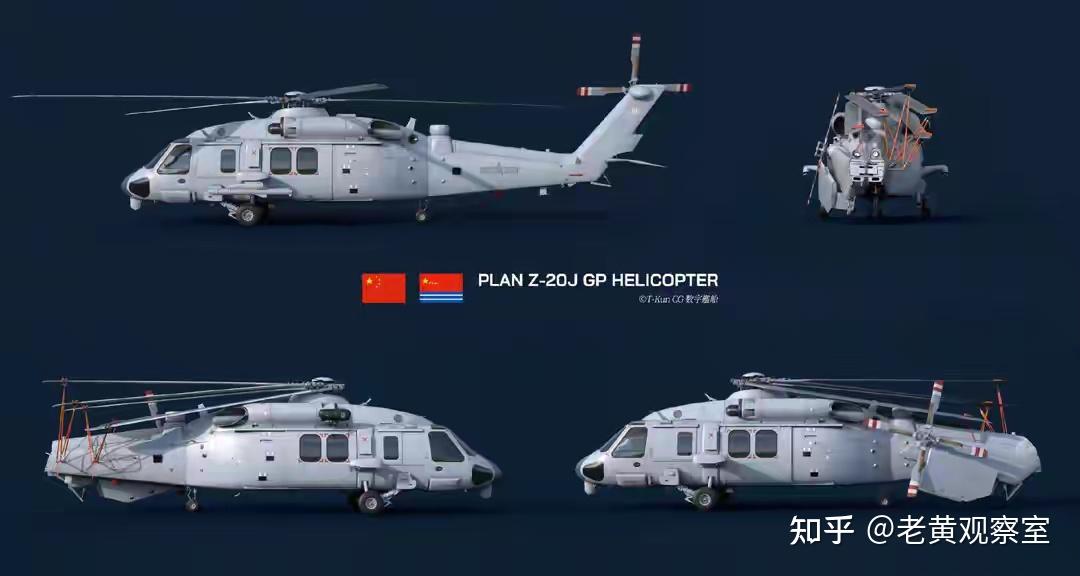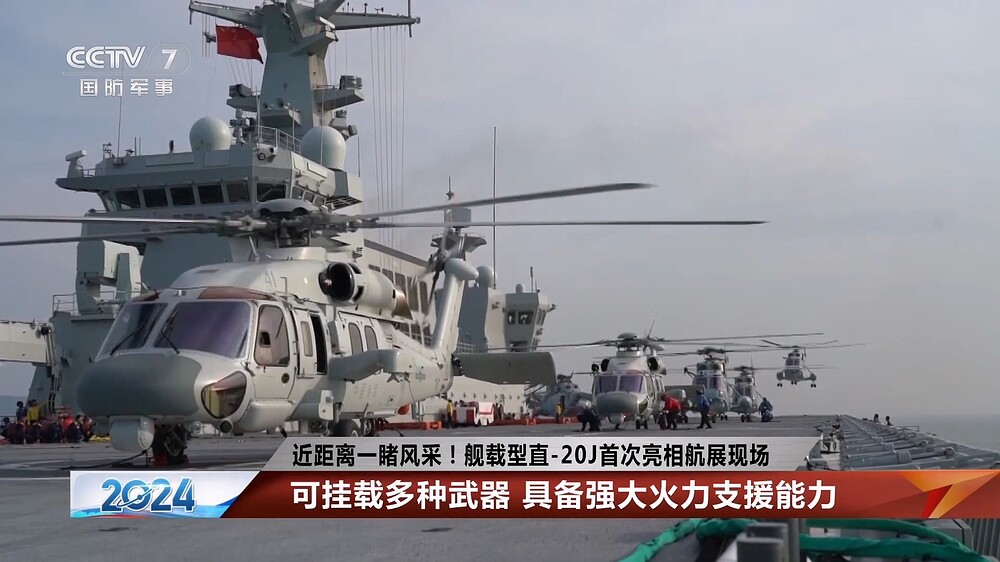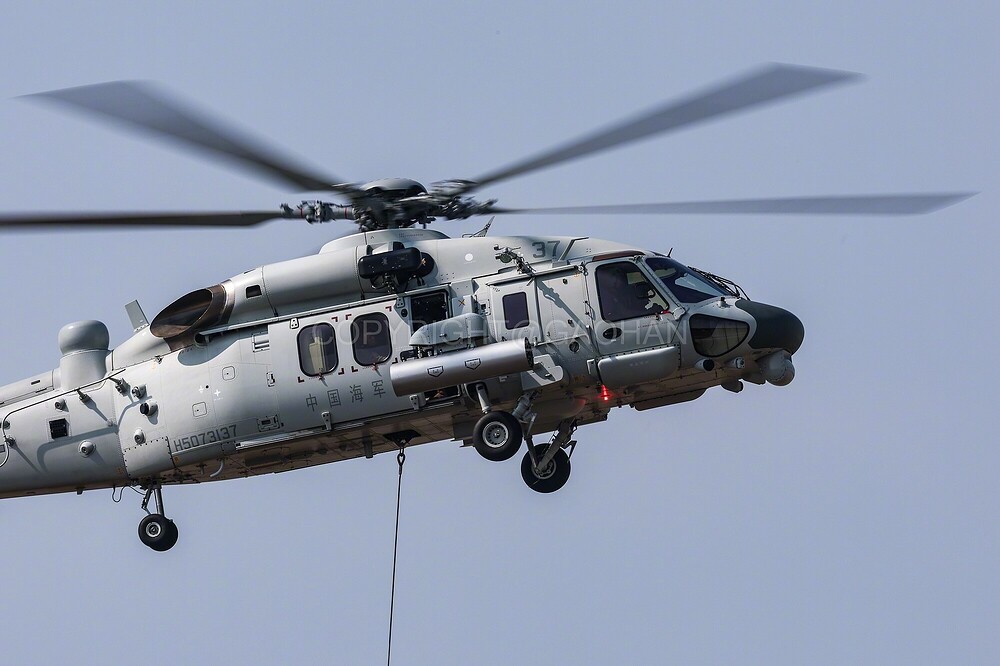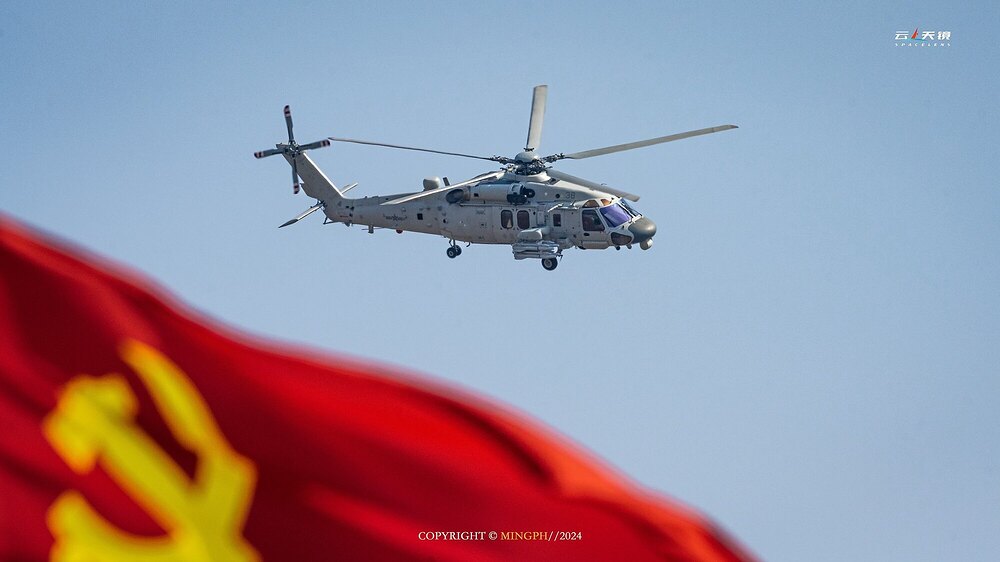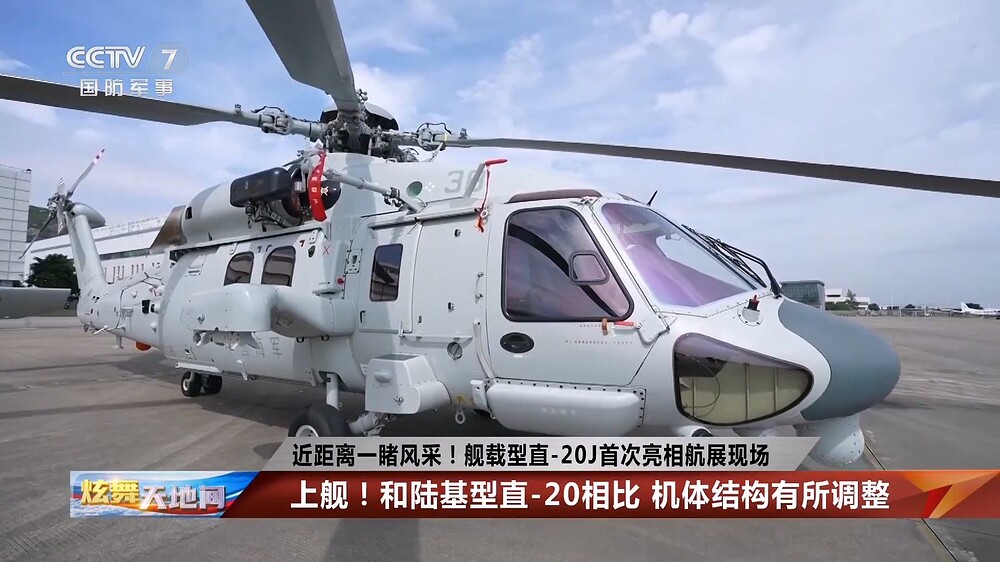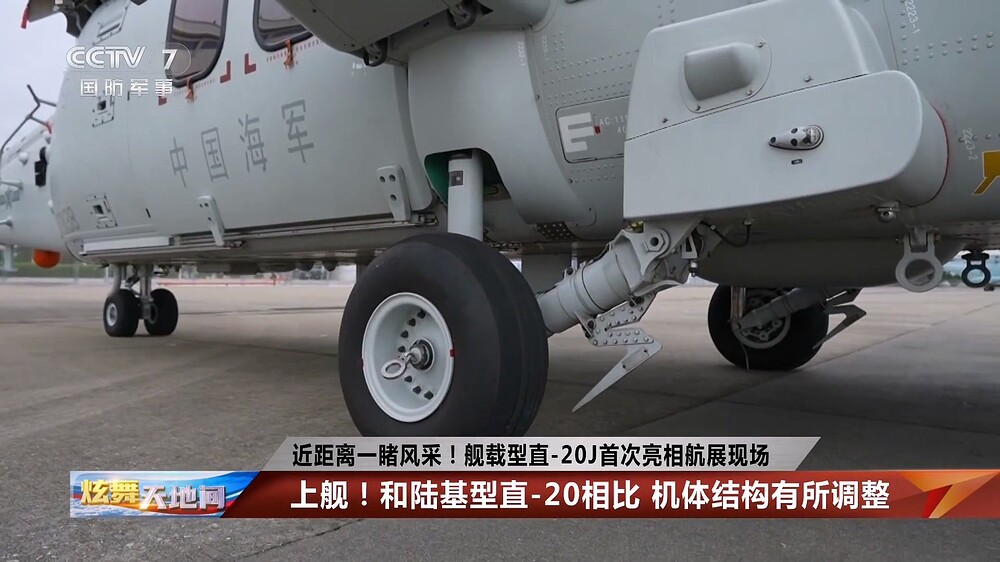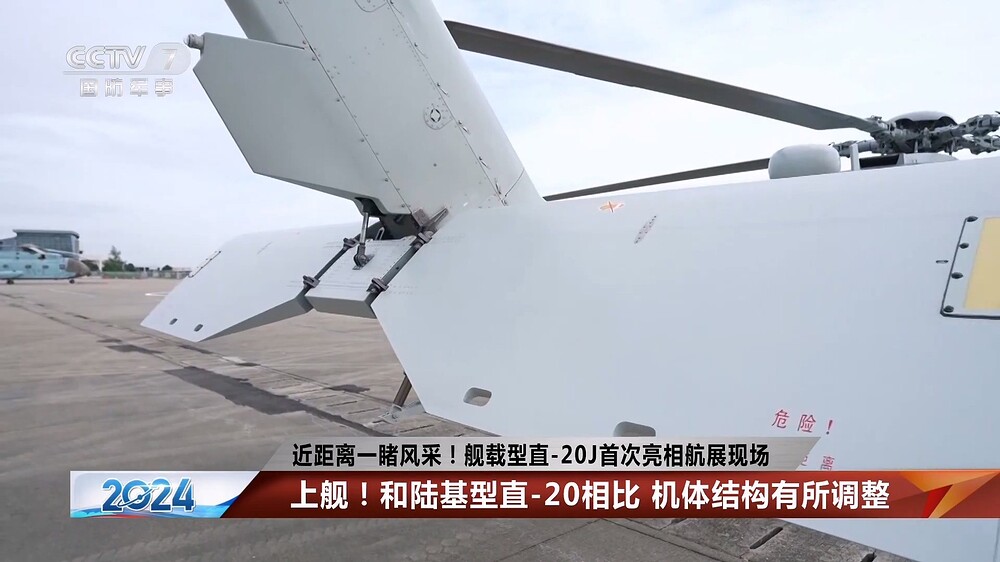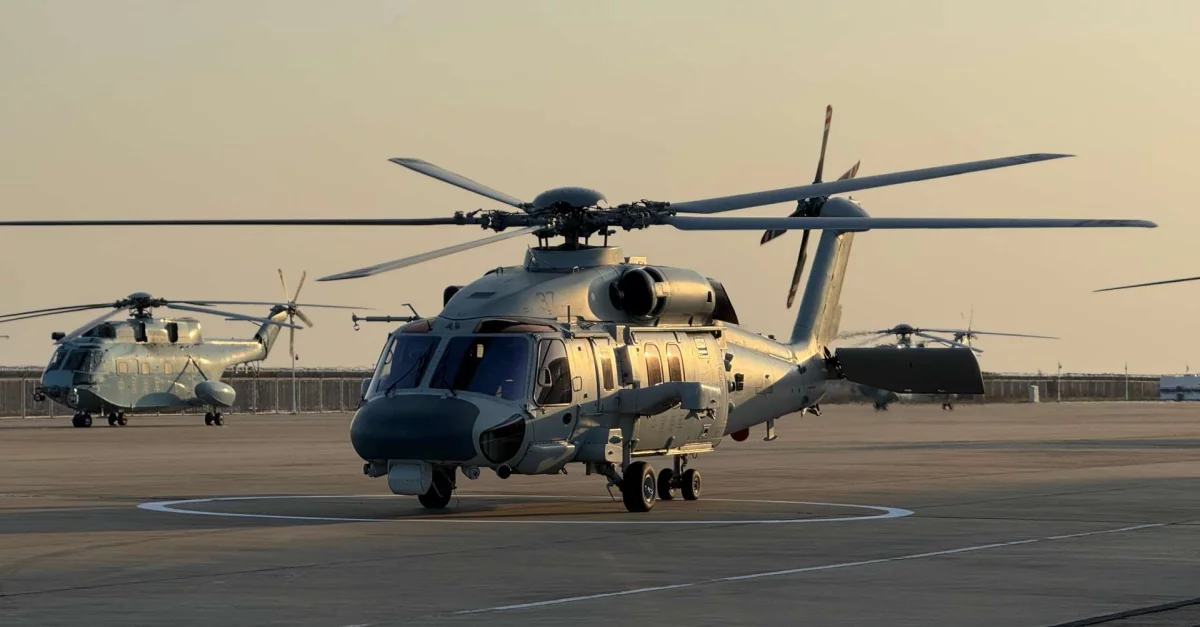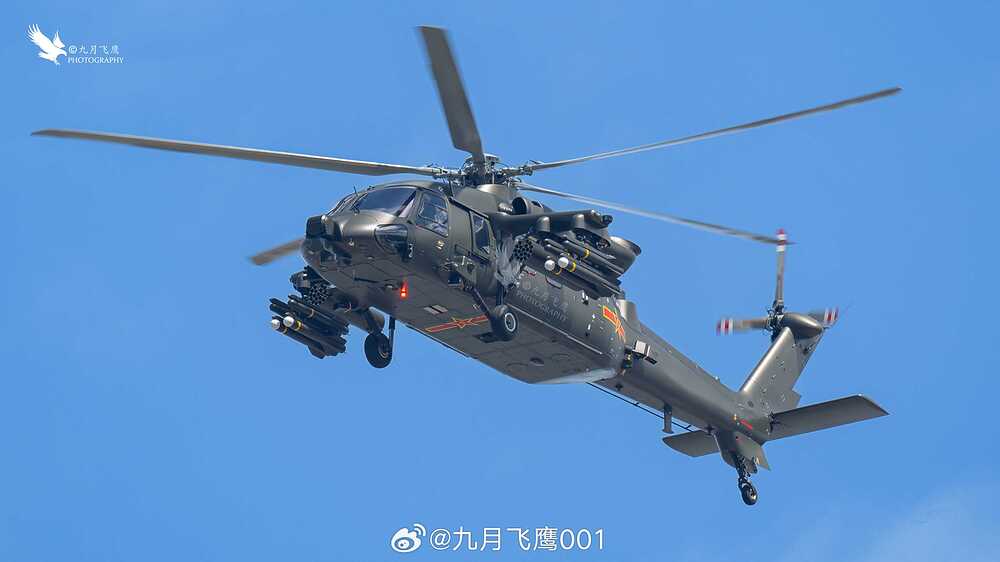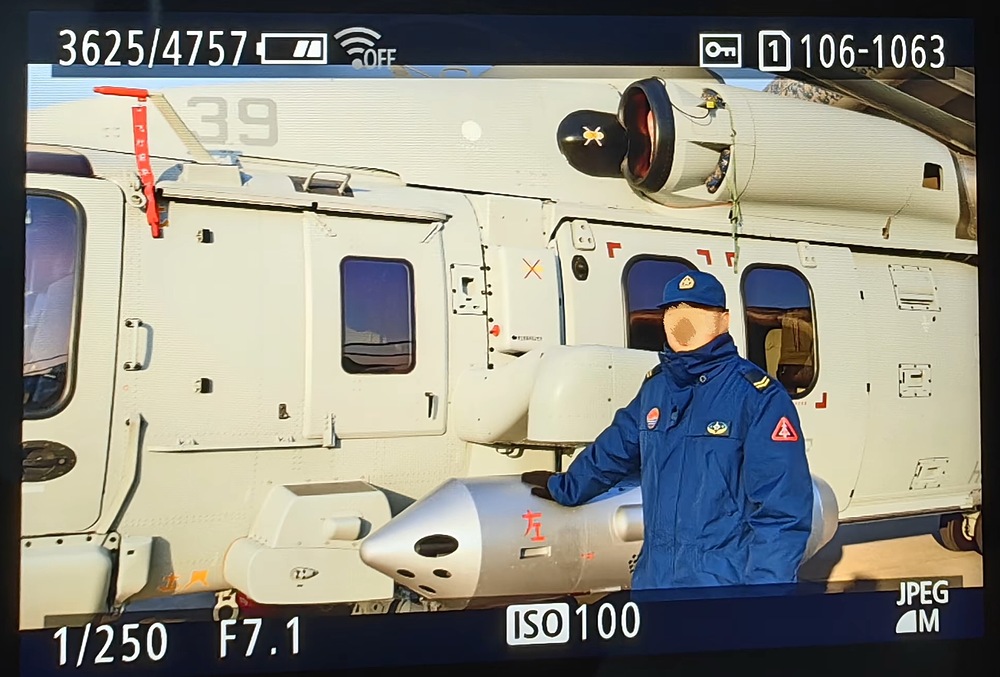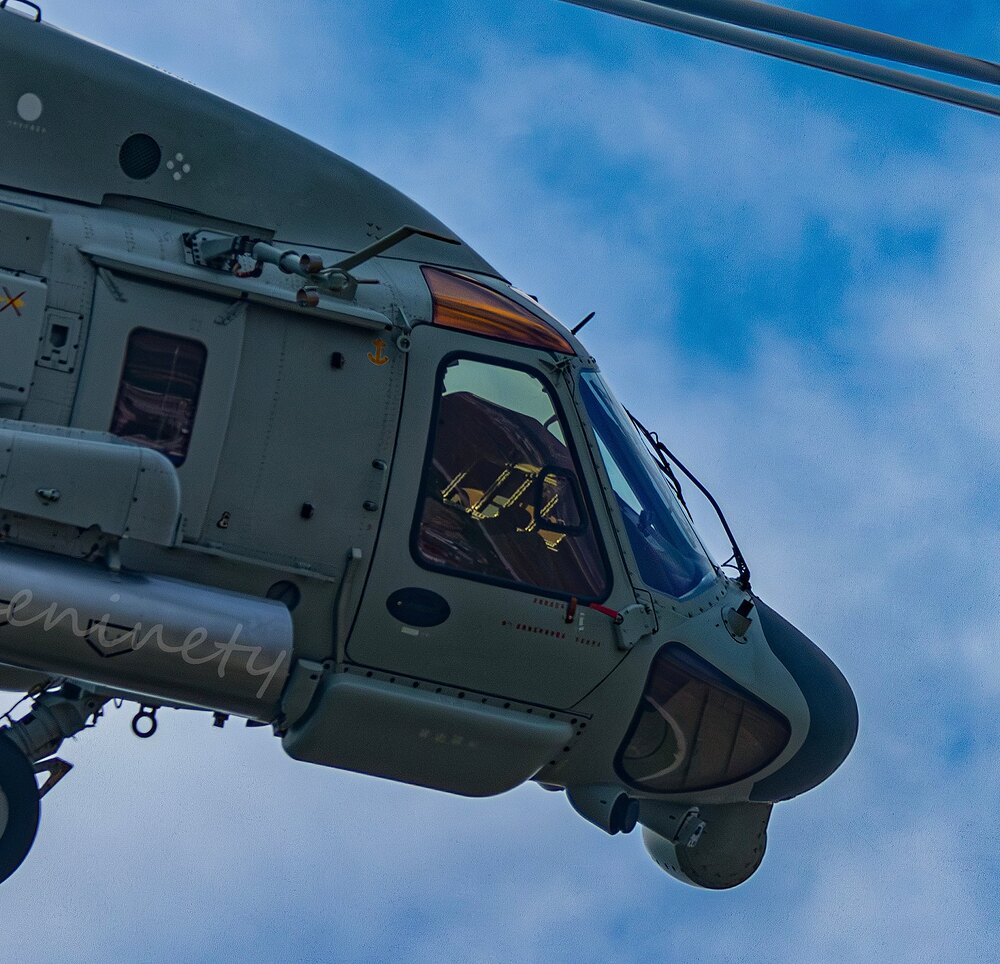- Yes
- No
history
The Z-20 is a 10-ton class utility helicopter. It made its maiden flight on December 23, 2013, and entered formal service in 2019. Manufactured by Harbin Aircraft Industry Group, its chief designer is Deng Jinghui. As of December 2020, production of the Z-20 had exceeded 80 units, with total production projected to surpass 3,000 aircraft. The Z-20 series performs multiple missions within the Chinese military, serving concurrently with the Army, Navy, Air Force, and Armed Police Force. Its specialized high-altitude performance meets the People’s Liberation Army Air Force’s requirements for an all-terrain mountain combat helicopter and operational needs in Tibet, which have been in place since the 1980s.
In 2013, the first Z-20 helicopter underwent flight testing at the Harbin Aircraft Industry Group factory. The first batch of production models officially entered military service in 2019 and made a spectacular appearance during the National Day military parade on October 1st, 2019, marking the 70th anniversary of the founding of the People’s Republic of China. That same year, a variant painted in gray naval camouflage debuted at the China International Helicopter Expo, designated as the Z-20J.
The Z-20J is specifically designed to transport marines and critical combat equipment, indicating it will play a pivotal role in operations requiring rapid deployment and mobility in high-risk environments. With its exceptional stability and extensive operational range, the Z-20J possesses the capability to handle severe sea conditions, enabling the PLA to execute missions across diverse operational environments.
exterior design
Structurally, the Z-20 features a five-blade main rotor design, one of its key distinctions from the four-blade S-70 Black Hawk helicopter. The Z-20J is also equipped with a fly-by-wire control system. The airframe is constructed from composite materials and incorporates RWR systems, MAWS systems, and chaff/flare dispensers for defensive purposes. Its rotor blades utilize electrically heated anti-icing technology, significantly enhancing the Z-20J’s operational capabilities in low-temperature and high-altitude environments. The aircraft employs numerous domestically produced components, including China’s indigenous T800 carbon fiber rotor blades, achieving full domestic design. Powered by two WZ-10 turboshaft engines, each delivering 1,600 kilowatts of thrust, the Z-20J can operate at altitudes exceeding 4,000 meters. The cockpit features five multifunctional LCD displays, with a laser collision avoidance radar mounted beneath the nose. The interior incorporates new domestically produced vibration-dampening seats.
The Z-20 helicopter exhibits significant structural and design differences from the Black Hawk, including a square tail boom junction with the fuselage, a five-blade main rotor configuration, and a tail radome housing a satellite navigation system. With its robust payload capacity and extended endurance, the Z-20 can carry heavier cargo than the S-70 and sustain operations at high altitudes.
General performance
Chaff/Flare Dispenser
Missile Approach Warning System (MAWS)
Radar Warning Receiver (RWR)
Crew: 2 flight crew
Capacity: ~2,200 lb (1,000 kg) of cargo internally, including 12–15 troops, and ~8,800 lb (4,000 kg) of cargo externally
Length: 65 ft 7 in (20 m) (approx.)
Height: 17 ft 5 in (5.3 m) (approx.)
Empty weight: 11,023 lb (5,000 kg) (approx.)
Max takeoff weight: 22,046 lb (10,000 kg) (approx.)
Powerplant: 2 × WZ-10 turboshaft engines, 2,682 shp (2,000 kW) each (maximum)
Main rotor diameter: 52 ft 6 in (16 m)
Flight performance
Maximum speed: 190 kn (220 mph, 360 km/h)
Cruise speed: 160 kn (180 mph, 290 km/h)
Service ceiling: 20,000 ft (6,000 m) (approx.)
Rate of climb: 1,400 ft/min (7.1 m/s)
equipment
AKD-10 x 8
AKD-10A x8
AKD-9 x8
CM502KG x8
FS-70A x 38
FS-70B x38
TY-90 x 8
57-1 x 36
90-1 x
